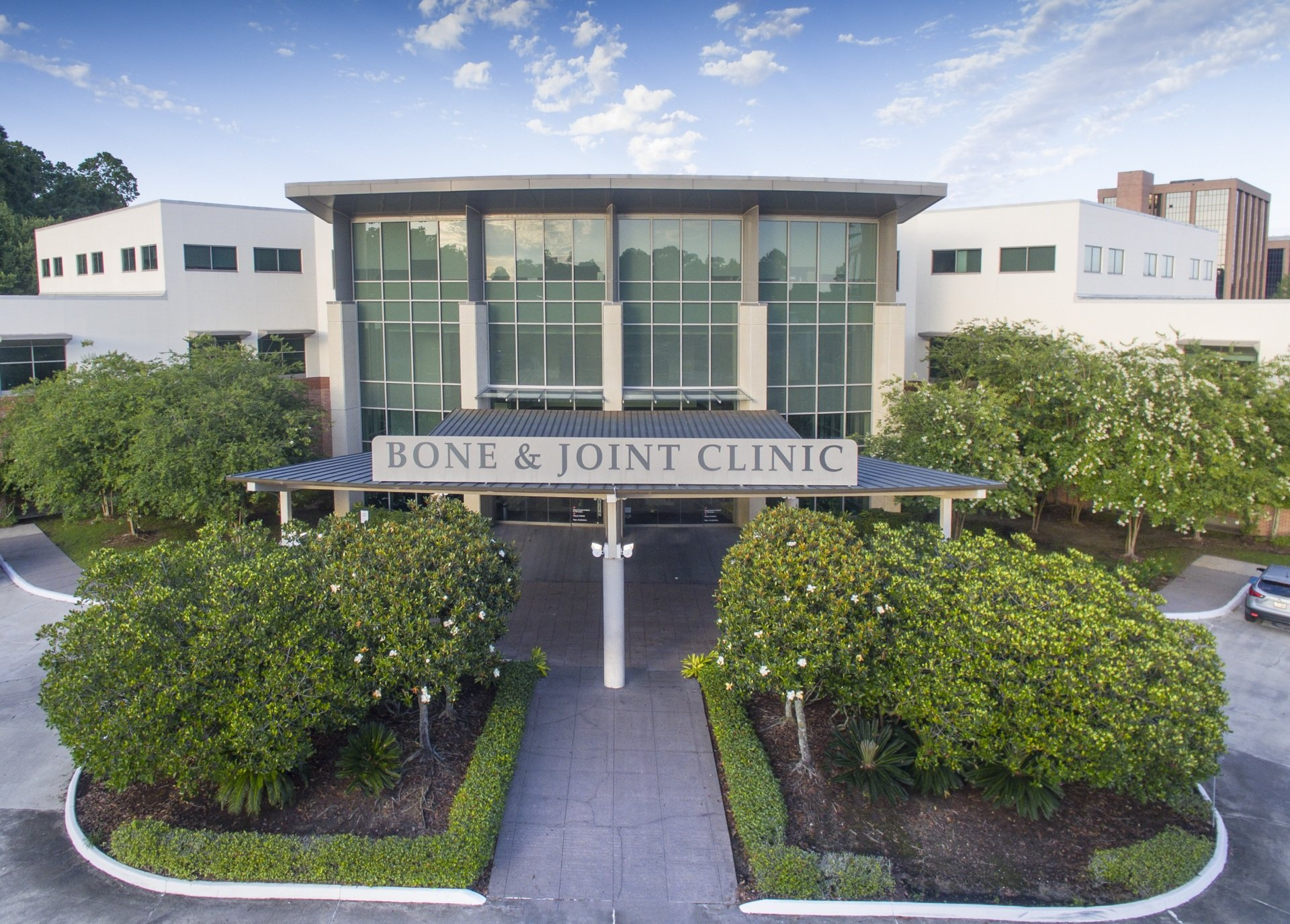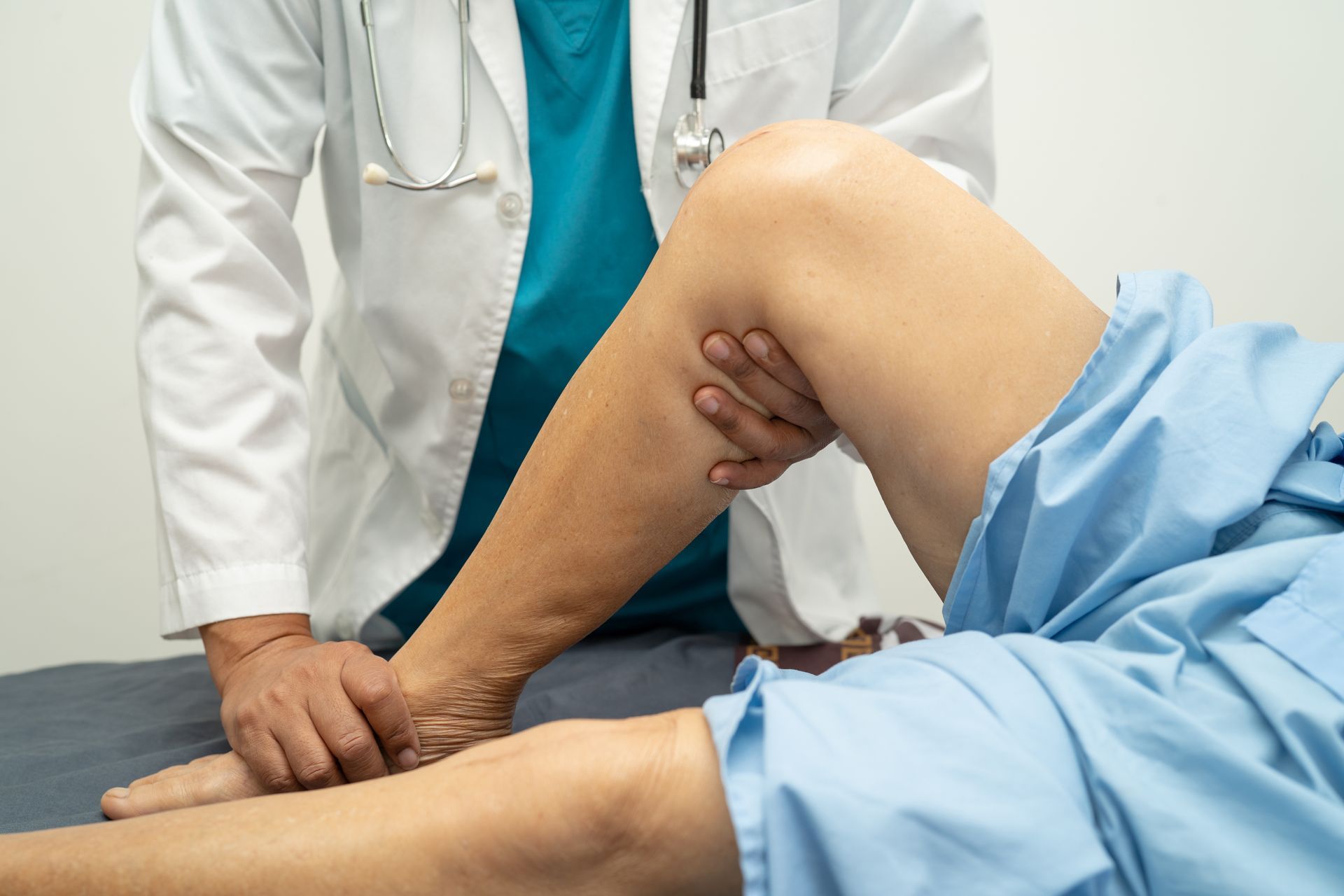Spina bifida is a birth defect in which the spinal cord does not develop normally, leaving a portion exposed. This neural tube defect (NTD) occurs in a little over 1,400 births per year and can result in many possible complications, including bowel and bladder control issues, loss of sensation in the legs, paralysis, and a buildup of spinal fluid in the brain (hydrocephalus). Fortunately, modern treatment options have greatly improved the outlook for children born with spina bifida. From physical therapy to surgery, which of these treatments are best suited for a patient will largely be determined by the form of spina bifida present.
Spina Bifida Occulta
Spina bifida occulta is the most common form of spina bifida, affecting about 10 to 20 percent of the population. It is also the mildest form of the condition. It is so mild, in fact, that many patients are unaware that they have it and the very name “occulta” translates to “hidden.” In occulta, there is a malformation in one or more of the vertebrae. Typically, patients with spina bifida occulta do not experience symptoms of disability.
Meningocele Spina Bifida
Meningocele is a type of spina bifida in which meninges and spinal fluid protrude through the opening in the spine. A covering of skin may or may not be present. Symptoms may not be present at all or could lead to complete paralysis. Surgery is typically needed to repair the defect. It is normally performed during infancy with good results.
Myelomeningocele Spina Bifida
This is the most severe form of spina bifida and occurs in about 1 of every 1,000 births. It involves not only spinal fluid and meninges, but neural elements that also protrude through the spine. Patients with this form experience bladder and bowel dysfunction and paralysis below the opening that may be partial or full.
Spina Bifida Treatment in Baton Rouge
The outlook and treatment of spina bifida relies largely on which type is present and the extent of nerve involvement. Regardless of severity, the right medical provider can make all the difference for a child facing potential complications. At the Bone and Joint Clinic, we are both the area’s top pediatric orthopedists and spine specialists. To get started, click below and set up an appointment.


7301 Hennessy Blvd.
Suite 200
Baton Rouge, LA 70808
tel: (225) 766-0050
fax: (225) 766-1499
Bone & Joint Clinic of Baton Rouge, Inc. complies with applicable Federal civil rights laws and does not discriminate on the basis of race, color, national origin, age, disability or sex.
Click to view our notice.
Bone & Joint Clinic of Baton Rouge | All Rights Reserved.


